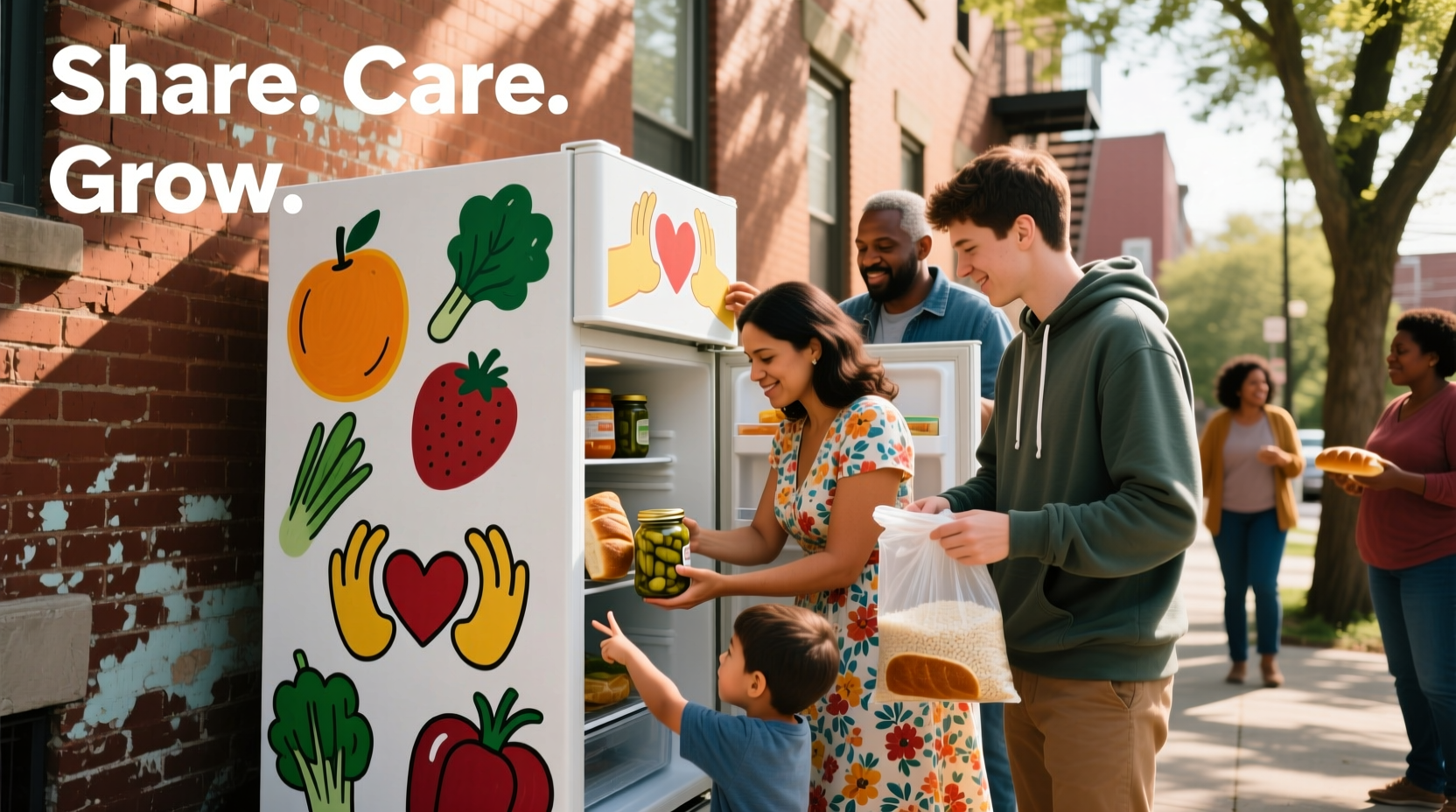When you're searching for free food options, knowing where to turn can make all the difference. This guide provides legitimate, immediate resources that help thousands access meals daily without judgment or complicated requirements. Unlike misleading "free food" scams online, these proven methods connect you with real assistance from trusted organizations.
Immediate Food Assistance Available Today
If you need food right now, these options can provide help within hours:
Emergency Food Pantries and Banks
Food banks and pantries distribute groceries at no cost to anyone in need. Unlike common misconceptions, most require no proof of income or residency. The Feeding America network alone serves 40 million people annually through 200 food banks and 60,000 pantries nationwide.
To find locations near you:
- Call 211 or visit 211.org for real-time assistance
- Text your ZIP code to 877-877 for pantry locations
- Check Feeding America's locator
Community Meal Programs
Hot meals are available at community centers, churches, and nonprofits. Programs like Meals of Hope and City Harvest serve prepared food with no questions asked. Many operate on regular schedules:
- Monday-Friday: Soup kitchens typically serve lunch (11am-1pm) and dinner (5-7pm)
- Saturdays: Weekend meal programs often operate midday
- Sundays: Religious organizations frequently offer free community meals
| Resource Type | Typical Hours | Identification Needed | Average Wait Time |
|---|---|---|---|
| Food Pantries | 9am-4pm weekdays | None | 15-30 minutes |
| Soup Kitchens | Lunch 11am-1pm, Dinner 5-7pm | None | 10-20 minutes |
| Community Fridges | 24/7 access | None | None |
| SNAP Emergency Issuance | Business hours | Proof of crisis | 24-72 hours processing |
Ongoing Food Support Systems
For consistent assistance beyond immediate needs, these programs provide regular support:
Government Assistance Programs
The Supplemental Nutrition Assistance Program (SNAP) provides monthly benefits via EBT cards. While standard applications take 30 days, emergency SNAP may be available within 7 days if your household's gross monthly income is below $150 and liquid resources are under $100.
Special circumstances qualifying for expedited processing:
- Household liquid resources ≤ $100 AND monthly expenses exceed income
- Homeless households with ≤ $100 in liquid resources
- Households with gross monthly income ≤ $150
School and Child Nutrition Programs
Children can access free meals through:
- NSLP (National School Lunch Program): 22 million children receive free lunches daily
- Summer Food Service Program: Meal sites operate when school's out
- WIC (Women, Infants, Children): Provides specific nutritious foods for pregnant women and young children
Contact your local school district or visit FNS Summer Food Service Program for current locations.
Community-Based Food Resources
These grassroots initiatives often fill gaps between formal programs:
Community Fridges and Pantries
Community fridges operate 24/7 with no eligibility requirements. These mutual aid projects have grown to over 500 locations nationwide since 2020. Simply visit, take what you need, and leave what you can. Find locations through Freedge.org or local social media groups.

Food Recovery Networks
Organizations like Food Rescue US and City Harvest redirect surplus food from restaurants and grocery stores. While not open to the public directly, many partner with community organizations that distribute recovered food. Contact your local food bank to learn about recovery programs in your area.
Special Circumstance Support
Certain populations have specialized resources:
For Students
Most colleges operate campus food pantries serving students, faculty, and staff. According to the Hope Center's 2023 report, 61% of college students experience food insecurity. Check your school's basic needs website or contact student services for confidential assistance.
For Seniors
Meals on Wheels delivers free meals to homebound seniors. The program serves 1 million seniors weekly with no income requirements. Contact your local provider through MealsOnWheelsAmerica.org or call 877-350-6695.
Avoiding Food Assistance Scams
Protect yourself from common scams:
- Legitimate programs never ask for payment to receive food
- Government programs won't request gift cards or wire transfers
- Real assistance doesn't require social security numbers upfront
If someone asks for money to provide free food, report them to the FTC at ReportFraud.ftc.gov. Trust your instincts - genuine food assistance providers focus on helping, not collecting information.
How to Maximize Your Food Assistance
Make the most of available resources:
- Visit pantries early in the week when selection is best
- Bring your own bags to carry more items
- Ask about special distribution days for fresh produce
- Connect with case workers who can help navigate multiple programs
Remember that food insecurity affects 1 in 8 Americans according to USDA data. Seeking help is a practical solution, not a personal failing. Most programs operate with strict confidentiality to protect your privacy.











 浙公网安备
33010002000092号
浙公网安备
33010002000092号 浙B2-20120091-4
浙B2-20120091-4